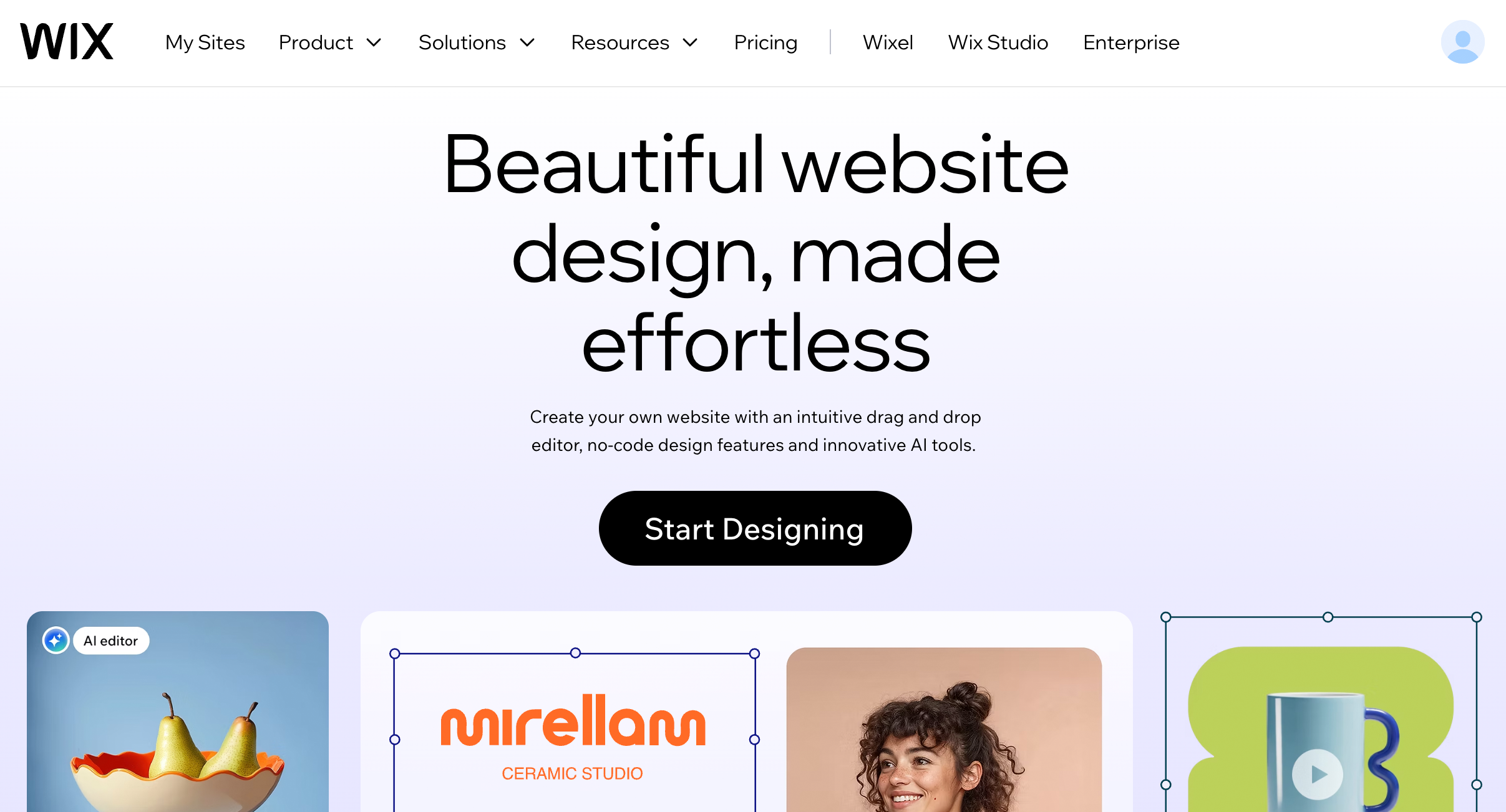Integrating Disney’s Animation Magic into UX Design: A Comprehensive Guide
Introduction
In the dynamic world of UX Design, creating engaging and intuitive digital products is paramount. Animation plays a crucial role in this, not merely as a visual embellishment, but as a key component in enhancing user experience. Disney’s 12 Principles of Animation, developed by legendary animators Frank Thomas and Ollie Johnston, have long been recognised for their ability to bring characters and stories to life. These principles are now being adapted to the realm of digital design, offering UX designers a treasure trove of techniques to create meaningful and interactive user experiences.
The 12 Principles of Animation: A Brief Overview
Before delving into their application in UX Design, let’s briefly revisit Disney’s 12 Principles of Animation:
- Squash and Stretch: Provides a sense of weight and flexibility to objects.
- Anticipation: Prepares the audience for an action to make it more realistic.
- Staging: Directs the audience’s attention to the most important aspect of a scene.
- Straight Ahead Action and Pose to Pose: Two different approaches to the drawing process.
- Follow Through and Overlapping Action: Helps to make movement more realistic.
- Slow In and Slow Out: Adds realism by making movements start and stop smoothly.
- Arc: Most natural actions follow an arched trajectory.
- Secondary Action: Adds interest and reinforces the main action.
- Timing: Governs the speed of an action.
- Exaggeration: An extreme form of emphasis.
- Solid Drawing: Gives a sense of three-dimensionality.
- Appeal: Ensures that characters are interesting and engaging.
Applying Disney’s Principles to Digital Products
These principles can be seamlessly integrated into the design of digital products to enhance interaction design and motion design. Let’s explore how each principle can be applied to UX Design.
1. Squash and Stretch in UX Design
In digital interfaces, squash and stretch can be employed to give UI elements a sense of liveliness. For instance, buttons that slightly ‘squash’ when clicked can provide tactile feedback, making the interaction more satisfying. This principle can enhance user experience by making interactions feel more dynamic and responsive.
2. Anticipation in User Experience
Anticipation helps users predict what will happen next, reducing cognitive load and improving usability. In UX Design, anticipation can be applied through animations that gently guide users towards the next step in a process, such as a subtle bounce in a button, indicating it is ready to be clicked.
3. Staging in Digital Products
Staging is crucial in directing user attention. By using animation to highlight primary actions or content, designers can ensure users focus on what’s most important. For example, fading out background elements when a modal appears keeps the user’s attention on the modal content.
4. Follow Through and Overlapping Action in Interaction Design
These principles can make interactions feel more natural. For example, when a user swipes through a carousel, the subsequent panels could follow through with a slight delay, adding a layer of realism to the motion.
5. Timing and User Engagement
Good timing is essential to creating fluid animations. In UX Design, proper timing can enhance user engagement by ensuring animations are neither too fast nor too slow, thus maintaining a smooth flow of interaction.
5-Point Listicle: Enhancing UX with Animation Principles
- Boosts Emotional Connection: Animation can create a more human-like interaction, fostering a stronger emotional connection with users.
- Improves Usability: Well-timed animations can make interfaces more intuitive and easier to navigate.
- Increases User Satisfaction: Engaging animations can make the experience more enjoyable, improving overall user satisfaction.
- Reduces Cognitive Load: By guiding users through complex processes, animations can simplify user interactions.
- Enhances Brand Identity: Consistent use of animation principles can strengthen brand identity and recognition.
Concluding Summary
Integrating Disney’s 12 Principles of Animation into UX Design offers a powerful approach to crafting engaging and intuitive digital products. By applying these timeless animation principles, designers can create user experiences that are not only aesthetically pleasing but also functionally superior. As UX Design continues to evolve, the fusion of animation principles with interaction design will undoubtedly play a pivotal role in shaping the future of digital interfaces.
Frequently Asked Questions
What are Disney’s 12 Principles of Animation?
Developed by Frank Thomas and Ollie Johnston, these principles include squash and stretch, anticipation, staging, and others that guide the creation of realistic and engaging animations.
How can squash and stretch be applied in UX Design?
Squash and stretch can be used to animate UI elements, such as buttons, to provide feedback and enhance the tactile feel of interactions.
Why is anticipation important in digital products?
Anticipation helps users understand what will happen next, reducing cognitive load and making the interface more intuitive.
How does staging improve user experience?
Staging directs user attention to the most important elements of a scene or interface, ensuring that users focus on critical actions or content.
What is the role of timing in motion design?
Timing ensures that animations occur at a speed that feels natural and engaging, maintaining a smooth flow of interaction.
Can animation principles enhance brand identity?
Yes, consistent use of animation principles can reinforce brand identity by creating a unique and memorable user experience.
How do animations reduce cognitive load?
Animations guide users through processes, making complex tasks easier to understand and execute, thus reducing cognitive load.
What is follow through and overlapping action in UX?
These principles ensure that elements continue to move after a primary action has been completed, adding realism to interactions.
How does motion design boost user engagement?
By making interactions more dynamic and enjoyable, motion design can increase user engagement and satisfaction.
Are Disney’s animation principles relevant to modern UX Design?
Absolutely. These principles provide foundational techniques that can enhance the interactivity and appeal of modern digital products.


